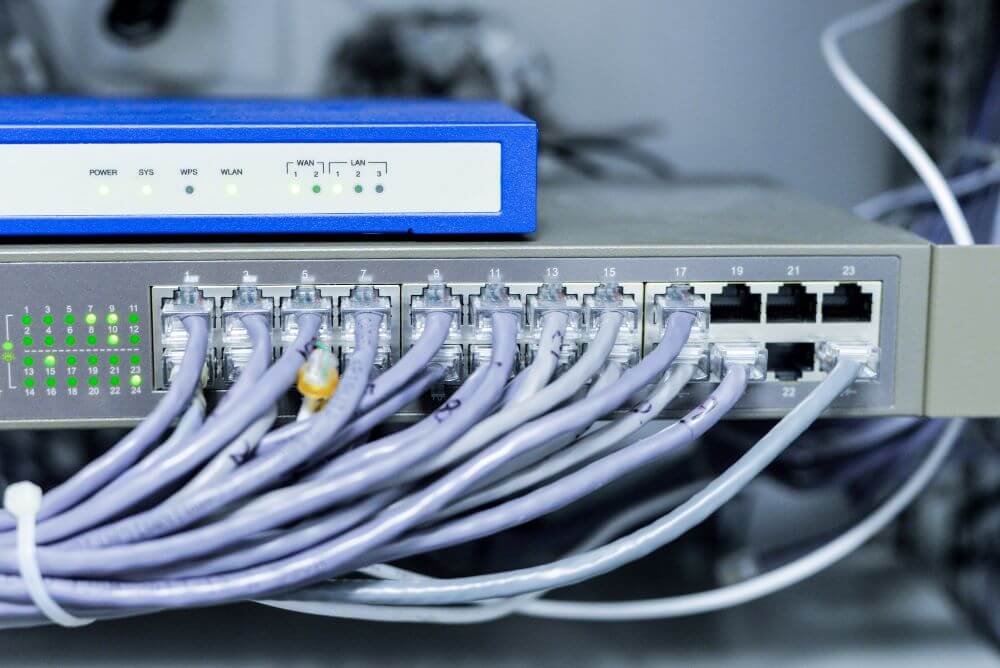Your internet connection shapes everything you do online. From streaming your favorite shows to working from home, the type of broadband you choose can make or break your digital experience. Two main options dominate the market: regular broadband and gig fiber.
Each serves different needs and budgets, but knowing which one fits your lifestyle requires understanding what sets them apart.
What is Regular Broadband?
Regular broadband refers to standard internet connections that most households have used for years. These connections typically deliver speeds ranging from 25 to 100 Mbps download speeds. Cable, DSL, and satellite internet all fall under this category.
Cable internet uses the same coaxial cables that bring television signals to your home. DSL works through existing telephone lines, while satellite internet beams signals from space to a dish at your property. Each technology has its own speed limitations and performance characteristics.
What is Gig Fiber?
Gig fiber represents the latest advancement in home internet technology. These connections use thin glass or plastic fibers to transmit data using light signals. The “gig” refers to gigabit speeds, which equals 1,000 Mbps or roughly 20 times faster than typical broadband connections.
Fiber connections offer symmetric speeds, meaning your upload and download speeds match. When you get gig fiber internet, you can expect speeds around 1,000 Mbps in both directions. Some providers even offer multi-gig plans that reach 2,000 or 5,000 Mbps.
The technology behind fiber optic cables allows for incredibly fast data transmission with minimal signal loss. Companies like Windstream have expanded their fiber networks to deliver high-speed connectivity to more communities nationwide, supported by advanced fiber management systems that ensure optimal performance and reliability for customers.
Gig Fiber vs. Regular Broadband
Key Differences:
- Speed stands as the most obvious difference between these connection types. Regular broadband handles everyday internet tasks without issue, but gig fiber opens up possibilities that slower connections cannot support.
- Latency, or the delay between sending and receiving data, varies significantly between these options. Fiber connections typically have latency under 10 milliseconds, while cable and DSL connections often range from 20 to 50 milliseconds. This difference becomes crucial for online gaming, video calls, and real-time applications.
- Reliability also sets these technologies apart. Fiber optic cables resist interference from electrical devices, weather conditions, and physical damage better than traditional copper wires. Your connection stays stable even during peak usage times when your neighbors are all online simultaneously.
- The upload speed difference changes how you can use your internet connection. Regular broadband’s limited upload speeds make sharing large files, video conferencing, and live streaming challenging. Gig fiber’s symmetric speeds eliminate these bottlenecks entirely.
- Cost represents another key factor. Regular broadband plans typically cost between $30 and $80 per month, while gig fiber plans usually range from $70 to $150 monthly. The price gap has narrowed as fiber becomes more widely available.
Which Connection is Right for You?
Your internet needs determine which connection type makes the most sense. Consider how many people use your internet simultaneously and what activities they perform online.
Regular broadband works well for households that primarily:
- Stream videos on one or two devices
- Browse social media and websites
- Check email and shop online
- Work from home occasionally with basic video calls
Gig fiber becomes essential for households that frequently:
- Stream 4K or 8K content on multiple devices
- Upload large files or run cloud backups
- Game online competitively
- Work from home with constant video conferencing
- Run smart home devices and security systems






